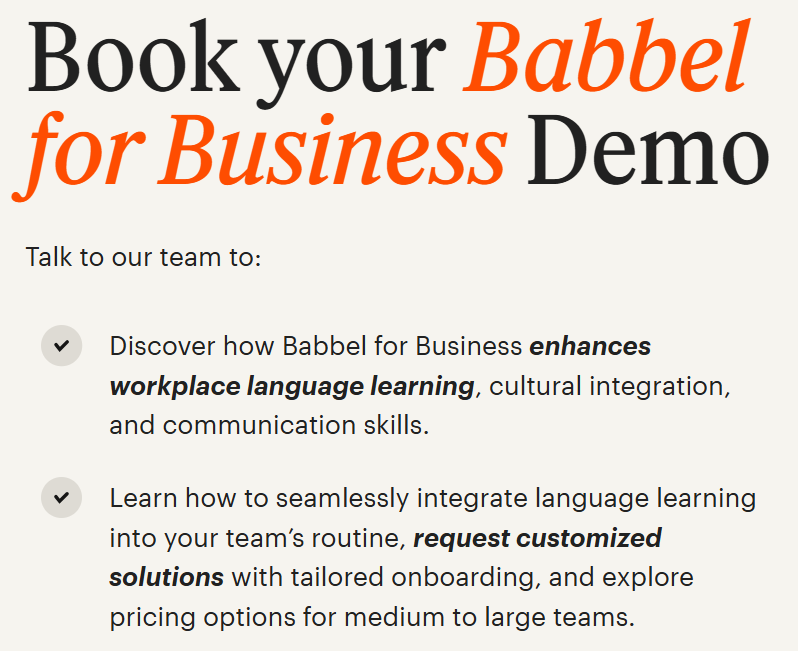Offering a business German course to your employees can open doors—literally. Whether you’re improving safety communication on the factory floor, preparing client-facing teams for the DACH market, or simply fostering a more inclusive, multilingual workplace, one thing’s for sure: not all German courses are created equal.
If you’re in HR, L&D, or workforce development, choosing the right language training program isn’t just about picking the most popular app or cheapest vendor. It’s about finding a course that delivers real results—for your people and your business.
Here’s what to look for when evaluating business German courses for your team.
1. Workplace-Relevant Content
Skip the “I’d like a table for two” lessons. Your employees don’t need travel phrases—they need German they can use on the job.
Look for:
- Industry-specific vocabulary (e.g., manufacturing, logistics, healthcare, hospitality)
- Workplace scenarios like team meetings, safety briefings, customer calls
- Business communication skills, including email writing and negotiation phrases
The best courses are designed for professional use, not tourists.
2. A Method Designed for Adult Learners
Your team isn’t sitting in a high school classroom—they’re balancing workloads, meetings, and deadlines. That means you need a course built around how adults actually learn.
Make sure it includes:
- Clear, goal-based progression
- Active recall and spaced repetition (aka brain-friendly learning)
- Lessons that respect employees’ time and prior knowledge
Adult learners thrive when content is relevant, efficient, and confidence-boosting.
3. A Blended Learning Format
Blended learning combines self-paced lessons with live instruction. Why does that matter?
Because:
- Apps alone can’t teach conversation or cultural nuance
- Live sessions provide speaking practice, real-time feedback, and accountability
- Combining formats keeps engagement high and retention stronger
Look for a provider that offers app + live classes as part of their core program—especially if you want your team speaking German with real fluency.
4. Built-In Progress Tracking for HR and L&D
You can’t manage what you can’t measure. Any business German course should give you clear visibility into:
- Learner engagement and completion rates
- Language level progress (e.g., CEFR levels)
- Feedback from learners and instructors
Bonus points if it includes team-level dashboards or integrates with your LMS. This way, you can report ROI to leadership and adjust support as needed.
5. Scalability Across Locations and Teams
Whether you’re training 5 employees or 500, the course needs to work across:
- Multiple locations and time zones
- Various job roles and proficiency levels
- Hybrid, on-site, and deskless teams
Choose a solution that can scale with your workforce and grow as your needs evolve.
6. 👥 Dedicated Support for Admins and Learners
Rolling out a new program can be a heavy lift without the right partner. Look for a language training provider that offers:
- Onboarding and rollout support
- A Customer Success Manager for your HR team
- Instructor support to keep learners motivated
Language learning is a journey. Your team deserves a guide.
The Bottom Line
The right business German course doesn’t just teach grammar—it helps your employees communicate confidently, safely, and effectively in the real world of work.
When evaluating options, prioritize: ✅ Workplace-relevant content
✅ Adult learning design
✅ Blended formats (app + live classes)
✅ Progress tracking
✅ Scalability
✅ Support
Investing in language skills is investing in your people—and your company’s global readiness.

Ready to see what a modern business
German Course could do for your company?
Talk to our team to explore how we combine expert instruction, real-life scenarios, and flexible learning that fits your team’s schedule.






